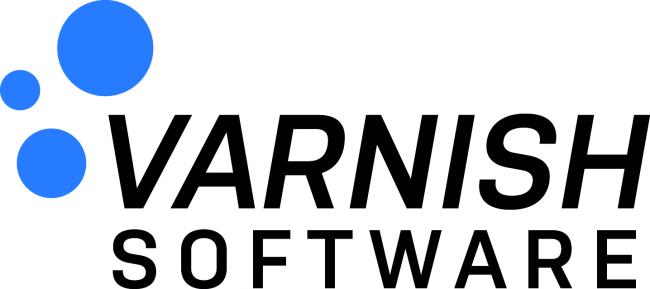5G testing in progress
2023-01-23In the DRIVE project, a common test environment with industry partner Varnish Software has now been installed. The tests will measure the impact of different network connections on latency and bandwidth during video streaming.
Since mid-December, latency and bandwidth testing has been ongoing in Karlstad University's 5G testbed. A server is connected to several network connections at the same time to compare their performance. The connection options being tested are wifi, 5G and soon also the Starlink satellite system.
Varnish Software is a leader in caching, streaming and content delivery software, and also an industry partner in the DRIVE project.
We are very impressed with how quickly we were able to get started. Within a few weeks of starting the project, the test environment was already up and running. This has great value for us as an industry partner. Karlstad University really stands out for its efficiency, says Fredrik Steen, Director of Software Engineering at Varnish Software.
In today's connected world, video streaming is an ever-present phenomenon. Users expect to be able to watch streamed video without a failing connection disrupting the experience. The idea is that in the future, video streaming providers will be able to seamlessly switch connection options while streaming, without users noticing. The only thing the user has to think about is connecting, then the player selects the best connection option for the moment.
Under what conditions does switching need to take place, and what maximum latency limits do we consider acceptable? The assumption is that 5G has lower latency than the other options. However, as 5G is costly and not yet sufficiently developed, there is a need to be able to alternate between different connectivity options. For example, at large events, a wifi network may be heavily loaded as the number of users is higher than usual. Then smart choices between 4G, 5G, and wifi could be made depending on user needs, network capacity and load.


